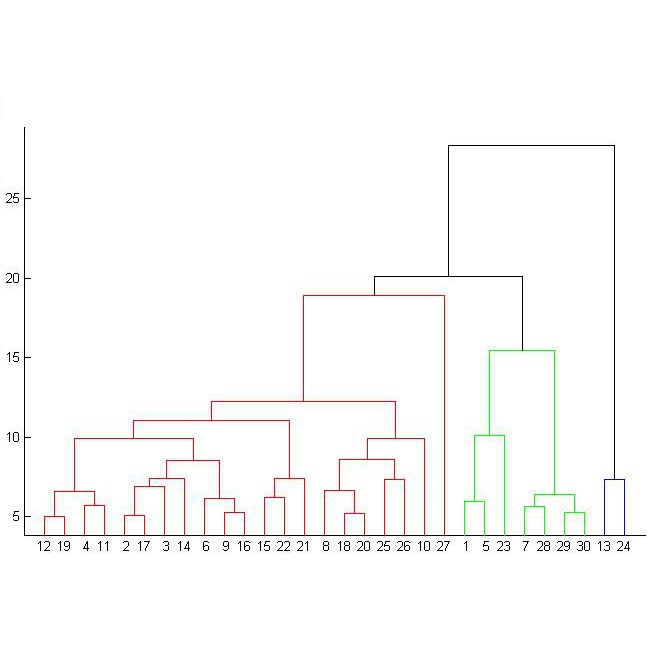Taxonomy construction is not only a fundamental task for semantic analysis of text corpora, but also an important step for applications such as information filtering, recommendation, and Web search. Existing pattern-based methods extract hypernym-hyponym term pairs and then organize these pairs into a taxonomy. However, by considering each term as an independent concept node, they overlook the topical proximity and the semantic correlations among terms. In this paper, we propose a method for constructing topic taxonomies, wherein every node represents a conceptual topic and is defined as a cluster of semantically coherent concept terms. Our method, TaxoGen, uses term embeddings and hierarchical clustering to construct a topic taxonomy in a recursive fashion. To ensure the quality of the recursive process, it consists of: (1) an adaptive spherical clustering module for allocating terms to proper levels when splitting a coarse topic into fine-grained ones; (2) a local embedding module for learning term embeddings that maintain strong discriminative power at different levels of the taxonomy. Our experiments on two real datasets demonstrate the effectiveness of TaxoGen compared with baseline methods.
翻译:分类学构造不仅是对文本公司进行语义分析的基本任务,也是信息过滤、建议和网络搜索等应用的重要一步。基于模式的现有方法可以提取超nym-hyponym 术语配对,然后将这些配对组织成分类学。然而,通过将每个术语作为一个独立的概念节点来考虑,它们忽略了各术语之间的时间相近性和语义相关性。在本文件中,我们提出了一个构建专题分类学的方法,其中每个节点都代表一个概念性议题,并被定义为一个语言一致性概念术语组。我们的方法,TaxoGen,使用嵌入术语和等级组合来以循环方式构建一个主题分类学。为了确保循环过程的质量,它包括:(1) 一个适应性组合模块,用于在将粗略的专题分为精细的分类法时将术语分配到适当级别;(2) 一个本地嵌入模块,用于学习在不同的分类学层次上保持强大歧视力量的术语。我们关于两个真实数据基比的实验展示了两种实际数据基比方法的有效性。




